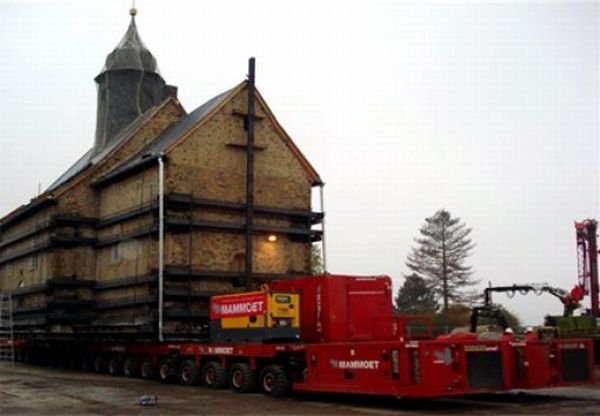|
|
Saving 13th-century Emmaus Church, Leipzig, Germany
|
Another possibility is the village of al-Qubeibeh, west of Nebi Samwil on the Beit Horon road northwest of Jerusalem. The town, meaning “little domes” in Arabic, is located at about 65 stadia from Jerusalem. A Roman fort subsequently named Castellum Emmaus (from the Latin root castra, meaning encampment) was discovered at the site in 1099 by the Crusaders. In the 12th century, the Crusaders of the Kingdom of Jerusalem called the site "Small Mahomeria," in order to distinguish it from “Large Mahomeria” near Ramallah. Sounding similar to “Mahommed,” the term was used in medieval times to describe a place inhabited or used for prayer by Muslims. It was referred to as Qubaibat for the first time at the end of that same century by the writer Abu Shama, who writes in his Book of Two Gardens about a Muslim prince falling into the hands of the Crusaders at this spot. The Franciscans built a church there in 1902, on the ruins of a Crusader basilica. Excavations in 1943 revealed artifacts from the Hellenistic, Roman and Byzantine periods.
Abu-Ghosh/Kiryat Anavim
Abu Ghosh is located in the middle of the Kiryat Yearim Ridge Route between Nicopolis and Jerusalem, nine miles (83 stadia) from the capital. A convent of Minorites with a Gothic church in Abu Ghosh was turned into a stable. Robinson dated it to the Crusader period and declared it "more perfectly preserved than any other ancient church in Palestine." Excavations carried out in 1944 corresponded with Crusader identification of the site as Emmaus.
|
|









